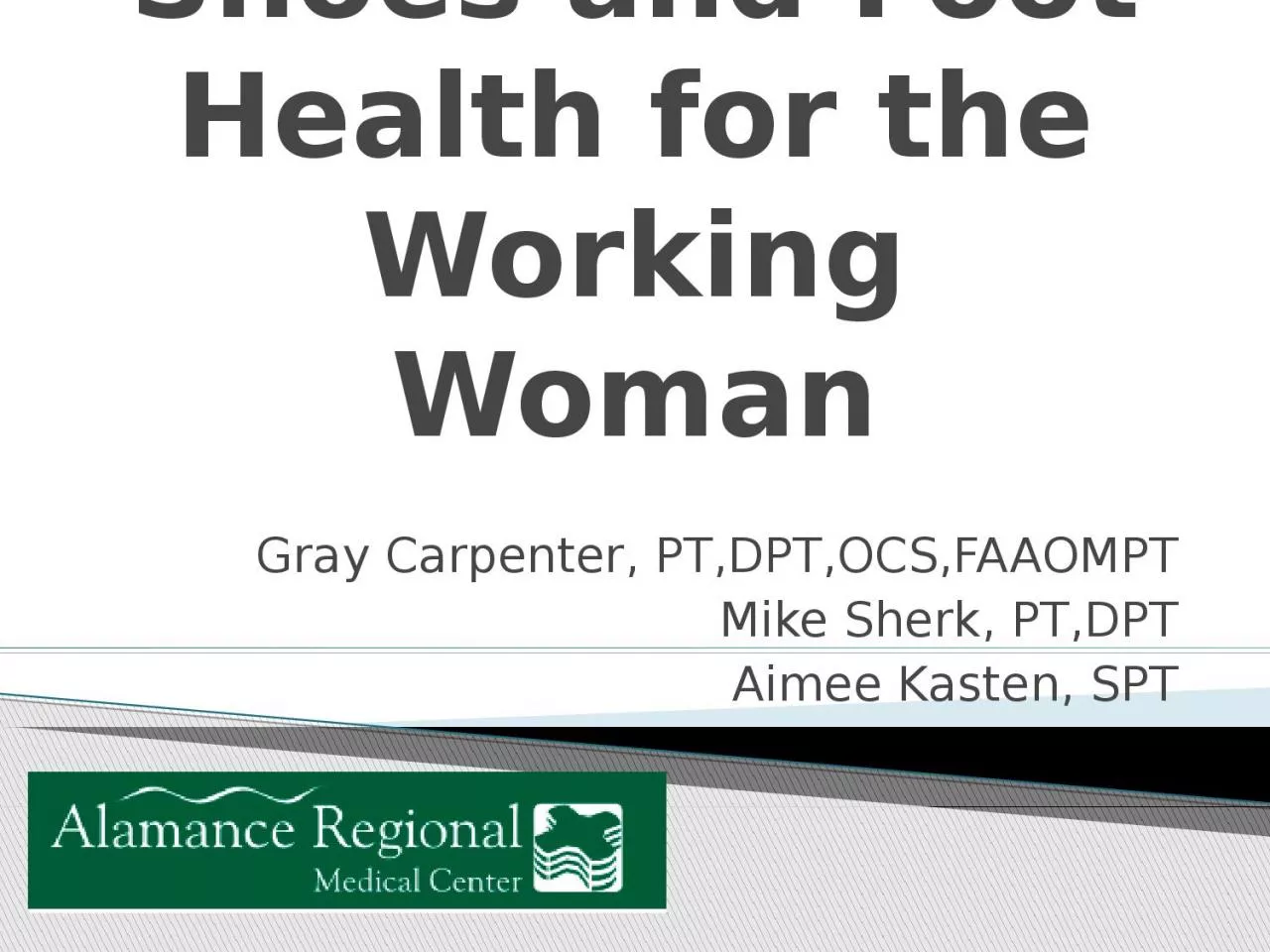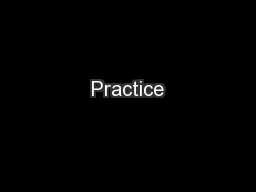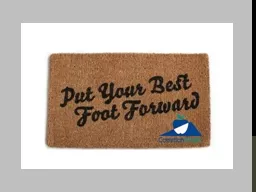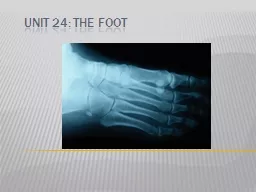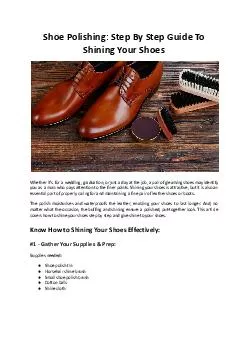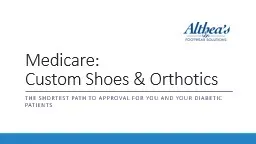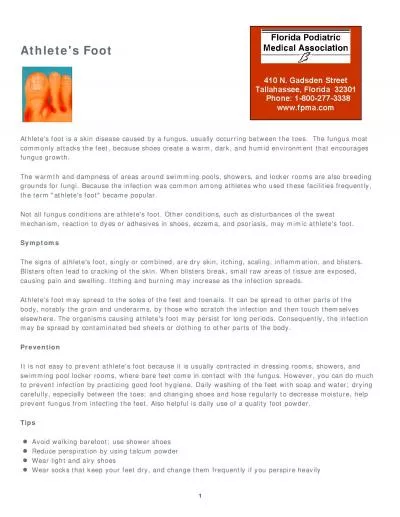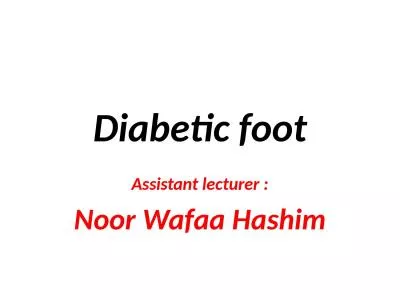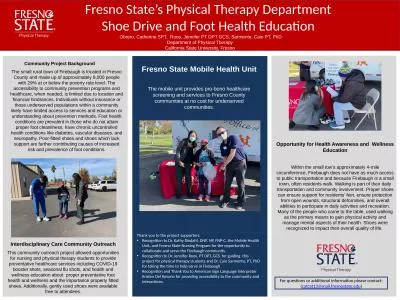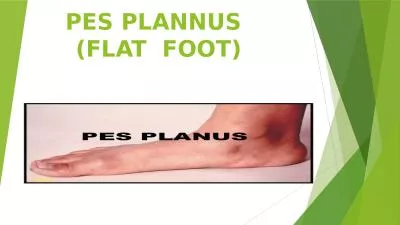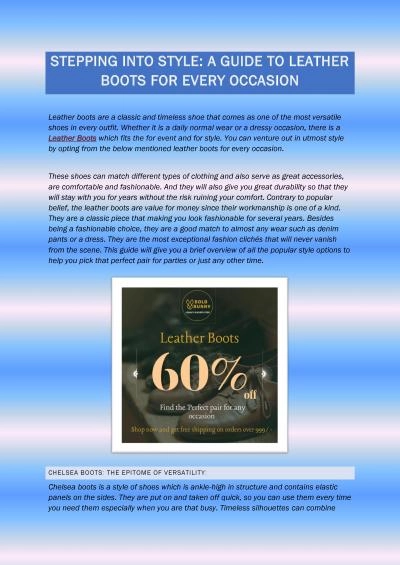PPT-Shoes and Foot Health for the Working Woman
Author : tracy | Published Date : 2022-06-14
Gray Carpenter PTDPTOCSFAAOMPT Mike Sherk PTDPT Aimee Kasten SPT Determine what type of foot you have and how to shop for products to increase comfort Review different
Presentation Embed Code
Download Presentation
Download Presentation The PPT/PDF document "Shoes and Foot Health for the Working Wo..." is the property of its rightful owner. Permission is granted to download and print the materials on this website for personal, non-commercial use only, and to display it on your personal computer provided you do not modify the materials and that you retain all copyright notices contained in the materials. By downloading content from our website, you accept the terms of this agreement.
Shoes and Foot Health for the Working Woman: Transcript
Download Rules Of Document
"Shoes and Foot Health for the Working Woman"The content belongs to its owner. You may download and print it for personal use, without modification, and keep all copyright notices. By downloading, you agree to these terms.
Related Documents

